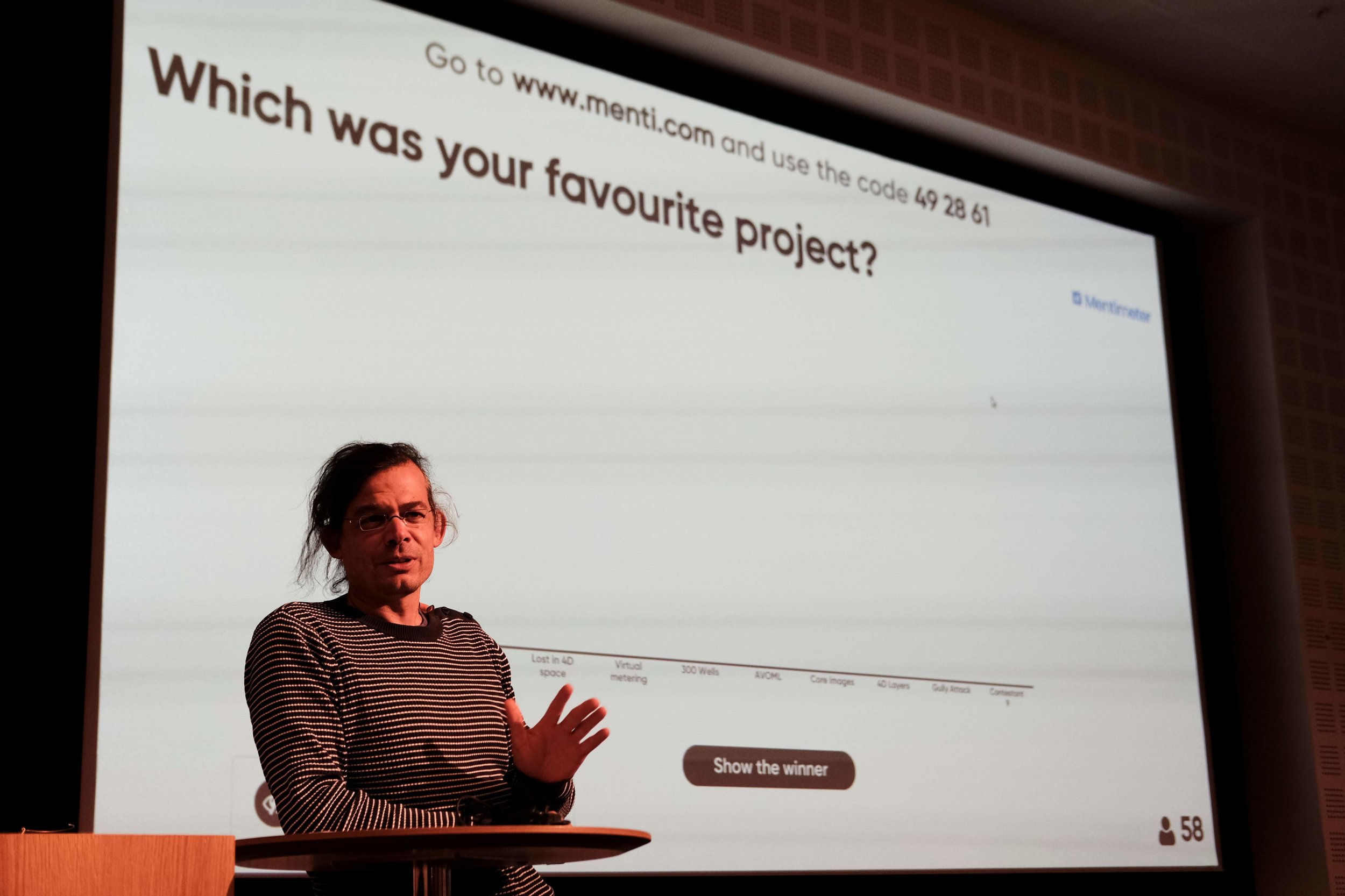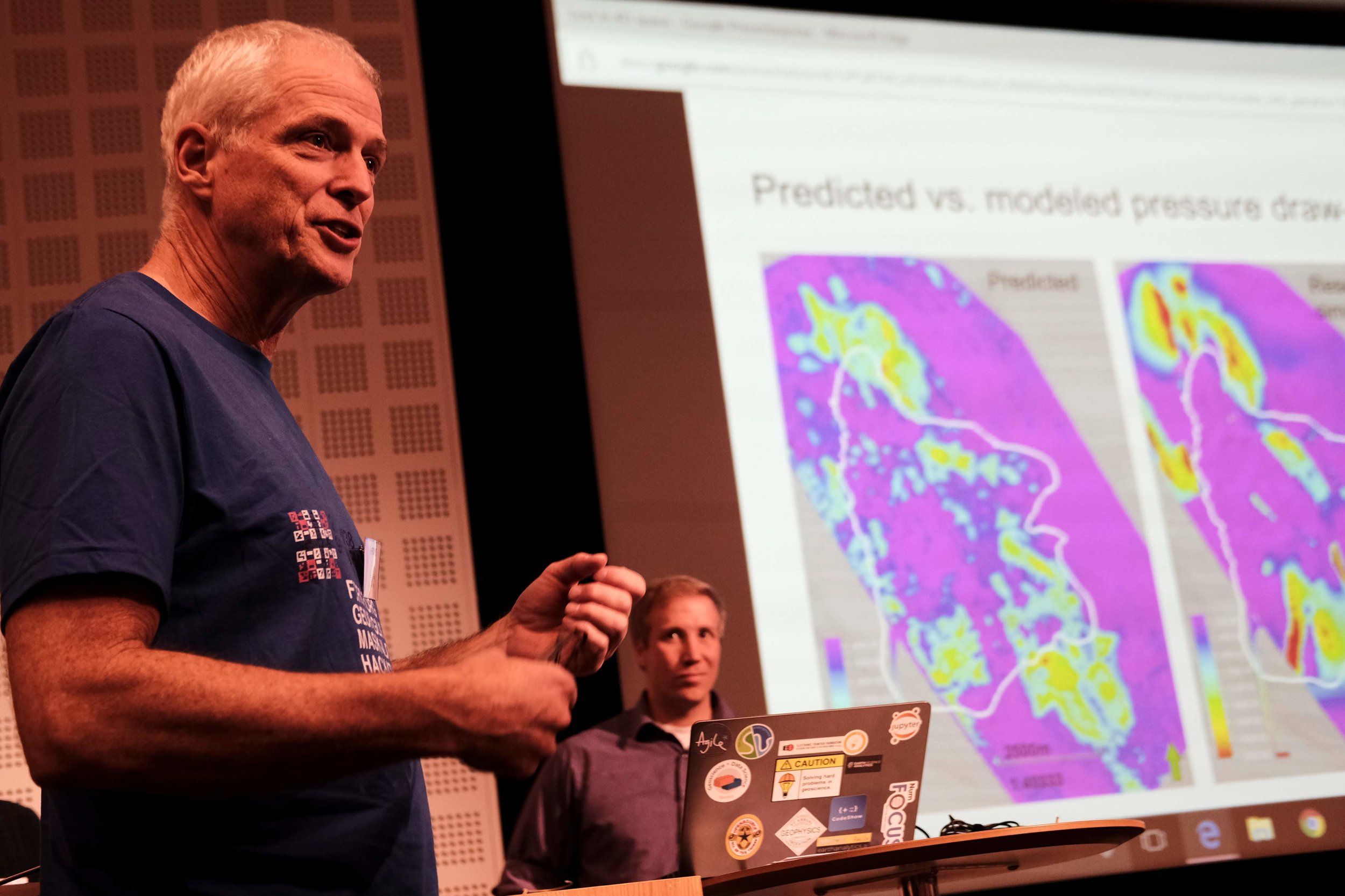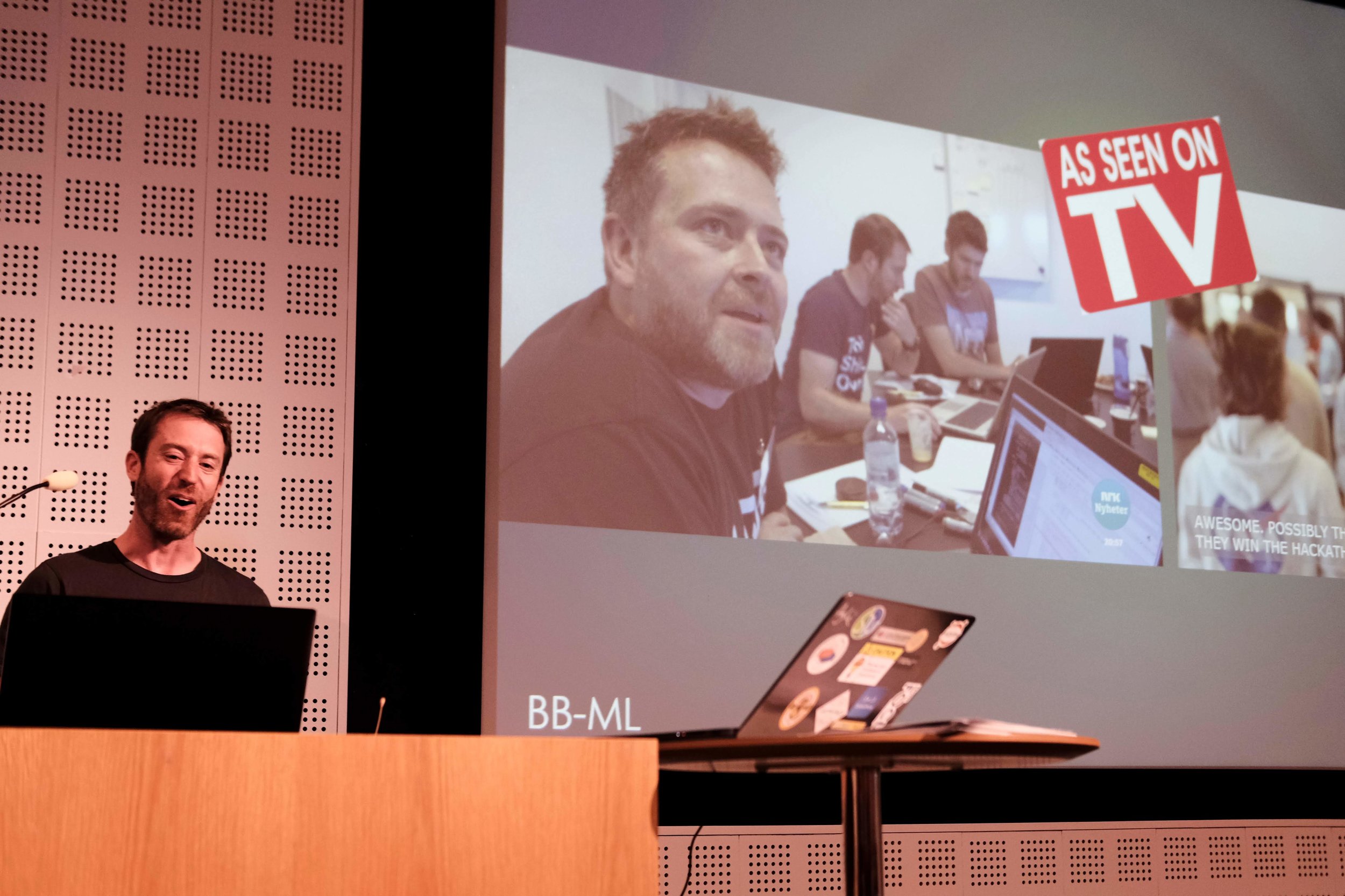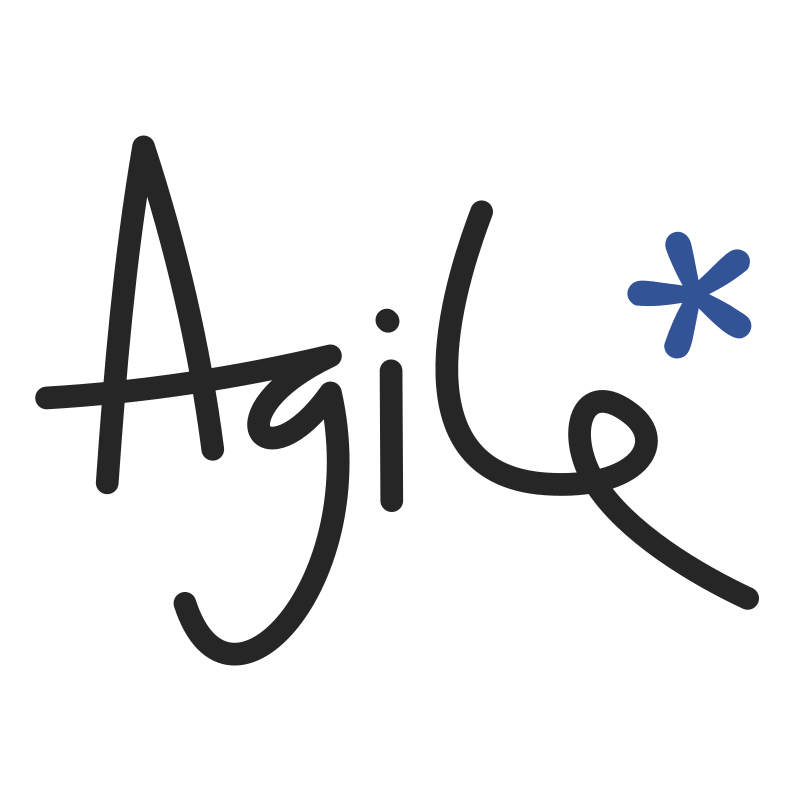Machine learning goes mainstream
/At our first machine-learning-themed hackathon, in New Orleans in 2015, we had fifteen hackers. TImes were hard in the industry. Few were willing or able to compe out and play. Well, it’s now clear that times have changed! After two epic ML hacks last year (in Paris and Houston), at which we hosted about 115 scientists, it’s clear this year is continuing the trend. Indeed, by the end of 2018 we expect to have welcomed at least 240 more digital scientists to hackathons in the US and Europe.
Conclusion: something remarkable is happening in our field.
The FORCE hackathon
Last Tuesday and Wednesday, Agile co-organized the FORCE Machine Learning Hackathon in Stavanger, Norway. FORCE is a cross-industry geoscience organization, coordinating meetings and research in subsurface. The event preceeded a 1-day symposium on the same theme: machine learning in geoscience. And it was spectacular.
Get a flavour of the spectacularness in Alessandro Amato’s beautiful photographs:


















Fifty geoscientists and engineers spent two days at the Norwegian Petroleum Directorate (NPD) in Stavanger. Our hosts were welcoming, accommodating, and generous with the waffles. As usual, we gently nudged the participants into teams, and encouraged them to define projects and find data to work on. It always amazes me how smoothly this potentially daunting task goes; I think this says something about the purposefulness and resourcefulness of our community.
Here’s a quick run-down of the projects:
Biostrat! Geological ages from species counts.
Lost in 4D Space. Pressure drawdown prediction.
Virtual Metering. Predicting wellhead pressure in real time.
300 Wells. Extracting shows and uncertainty from well reports.
AVO ML. Unsupervised machine learning for more geological AVO.
Core Images. Grain size and lithology from core photos.
4D Layers. Classification engine for 4D seismic data.
Gully Attack. Strat trap picking with deep reinforcement learning.
sketch2seis. Turning geological cartoons into seismic with pix2pix.
I will do a complete review of the projects in the coming few days, but notice the diversity here. Five of the projects straddle geological topics, and five are geophysical. Two or three involve petroleum engineering issues, while two or three move into sed/strat. We saw natural language processing. We saw random forests. We saw GANs, VAEs, and deep reinforcement learning. In terms of input data, we saw core photos, PDF reports, synthetic seismograms, real-time production data, and hastily assembled label sets. In short — we saw everything.
Takk skal du ha
Many thanks to everyone that helped the event come together:
Peter Bormann, the mastermind behind the symposium, was instrumental in making the hackathon happen.
Grete Block Vargle (AkerBP) and Pernille Hammernes (Equinor) kept everyone organized and inspired.
Tone Helene Mydland (NPD) and Soelvi Amundrud (NPD) made sure everything was logistically honed.
Eva Halland (NPD) supported the event throughout and helped with the judging.
Alessandro Amato del Monte (Eni) took some fantastic photos — as seen in this post.
Diego Castaneda and Rob Leckenby helped me on the Agile side of things, and helped several teams.
And a huge thank you to the sponsors of the event — too many to name, but here they all are:
There’s more to come!
If you’re reading this thinking, “I’d love to go to a geoscience hackathon”, and you happen to live in or near the UK, you’re in luck! There are two machine learning geoscience hackathons coming up this fall:
Aberdeen, 16 to 18 November, at RGU — sign up on Eventbrite.
London, 23 to 25 November at Olympia (right before PETEX) — sign up on Eventbrite.
Don’t miss out! Get signed up and we’ll see you there.


































 Except where noted, this content is licensed
Except where noted, this content is licensed